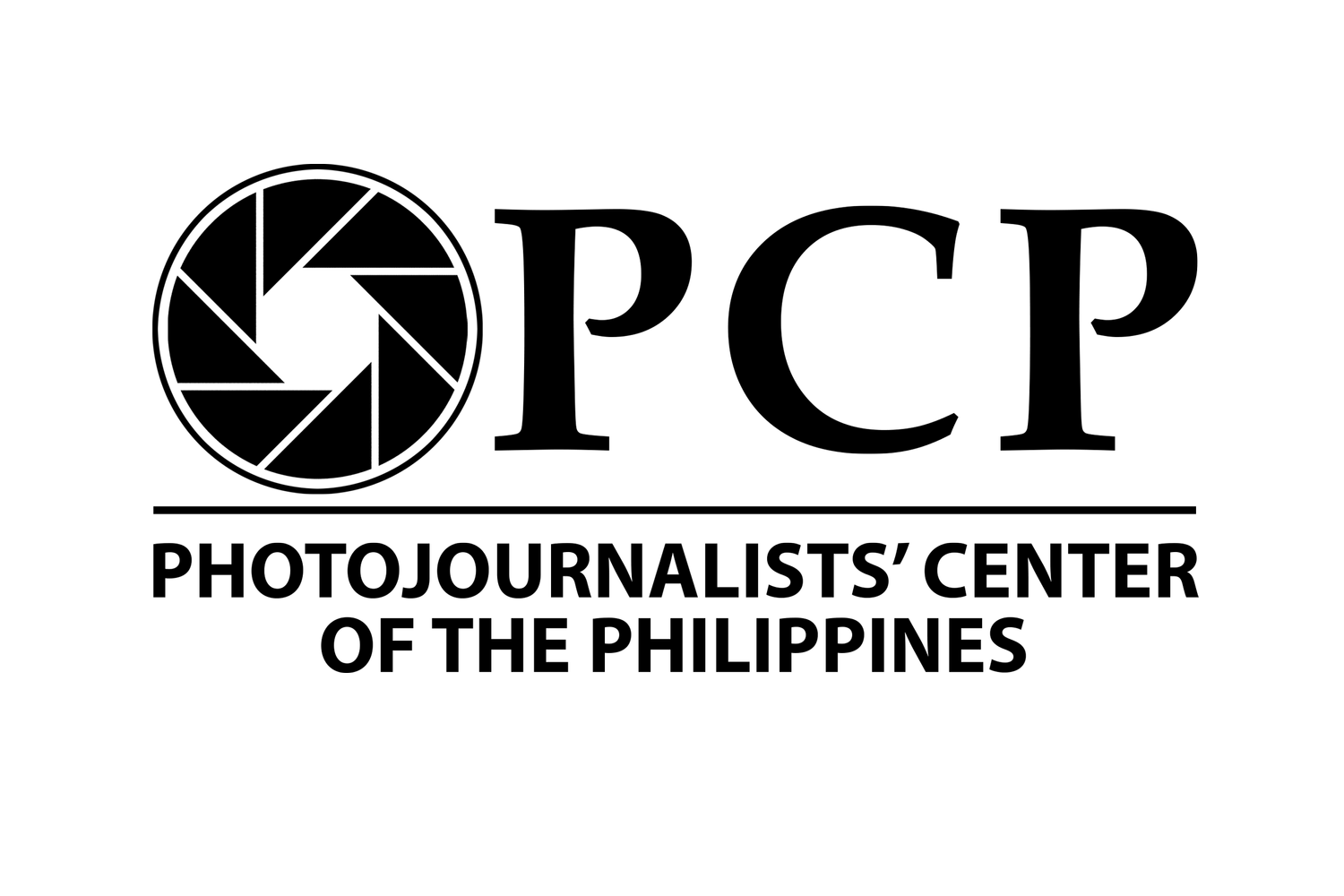Visual storytellers at the 9th PCP Workshop
When you’re about to leave the comfort of your home just before finals week to attend a photojournalism workshop with strangers for five days, in a place you’ve never been to before, you tend to feel intimidated by the idea. But when you’re on that 6-hour car ride, knowing you’re headed to a workshop about a profession that you’ve always dreamed of pursuing, you tend to forget all your doubts and focus on everything you’re about to experience during the next five days.
On the journey from Manila to Benguet State University, nothing excited me more than the promise of learning from and shooting with more than 30 photography enthusiasts and veteran photojournalists at the Photojournalists’ Center of the Philippines 9th Professional Photography and Photojournalism Workshop.
The comprehensive workshop consisted of back-to-back sessions starting from 8 am and usually ending late in the evening. Some 12-hour-days were spent listening to photojournalists talk about their respective fields, shooting, editing, and critiquing other participants’ works.
The sessions covered cultural sensitivity in press coverage by Ramon Dacawi, peace and conflict journalism by Charlie Saceda, news gathering and writing by Jose Torres, Jr., documentary photography and the photoessay and ethics in photojournalism by Jimmy Domingo, multimedia story-telling by Luis Liwanag, multimedia production by Fernando Sepe, Jr., and digital file management by Gigie Cruz.
We learned how to formulate themes, research for our photo essays, and create compelling stories which were not boxed by the visual medium but extended to other forms of media such as writing and video. There was much to learn from their experiences, ranging from technical strategies related to photo editing softwares to ethical issues concerning photographers’ responsibilities while shooting.
The workshop balanced talks from photojournalists with shoots in the field. We were not just encouraged to listen; we were given the chance to apply what we’ve learned.
To kick off the workshop, we were required to cover the opening program, which included an Ewek performance. We had to shoot the slaughtering of a black pig and cultural dances by students from Wangal School of Living Traditions.
For our final project, the class was split into two groups; the first group was required to shoot in a mining community in Sitio Itogon while the second group was brought to a farming community in Naguey.
We were tasked to research on the site that was assigned to us and focus on a particular issue to photograph. After hiking narrow, winding roads that overlooked deep pits, walking around the community for almost seven hours, shooting inside a tunnel, observing the process of gold-making, and interviewing the miners in Sitio Itogon, we arrived in Benguet State University with many stories and even more photos.The sessions didn’t stop at shooting.
In one of the earlier sessions, we were required to create a photo essay out of existing photos, which were critiqued by mentors and fellow participants. Suggestions were helpful as they commented on composition, selection of photos, and technical aspects. This served as a prelude to the assessment of our final photoessay. After shooting material for our final photostories, we were given time to edit our multimedia projects with the guidance of our mentors.
I was assigned to Sir Jun Sepe, who was very helpful with the development of my photoessay’s theme and the selection of photos to better convey my message. The workshop culminated with the last critiquing session of all our final projects, where our mentors commented on the content and form of our multimedia stories.
Despite the hectic schedule and the extensive sessions, there was still time for other experiences such as participating in the Ewek performance by dancing with the locals and eating the freshly roasted pig for lunch, drinking around a bonfire, editing until late in the evening with new friends, riding on top of a jeepney, listening to the sentiments of miners and locals, and exchanging stories of home with other participants. Although we came from different backgrounds and different places, there was a sense of belonging and reassurance in knowing that we were bound by a common passion.
After spending five days in a place I’ve never been with people I’ve never met before, the most important realization I brought home with me from Benguet is this: as photographers and photojournalists, we capture various realities and find different truths. We all have our own ways of conveying what we see and showing other people what we see. Our perspectives may be different, but this reality remains: we aren’t just photographers. We are all storytellers.
Patricia Nabong is the recipient of the 9th PCP Workshop Student Grant.


